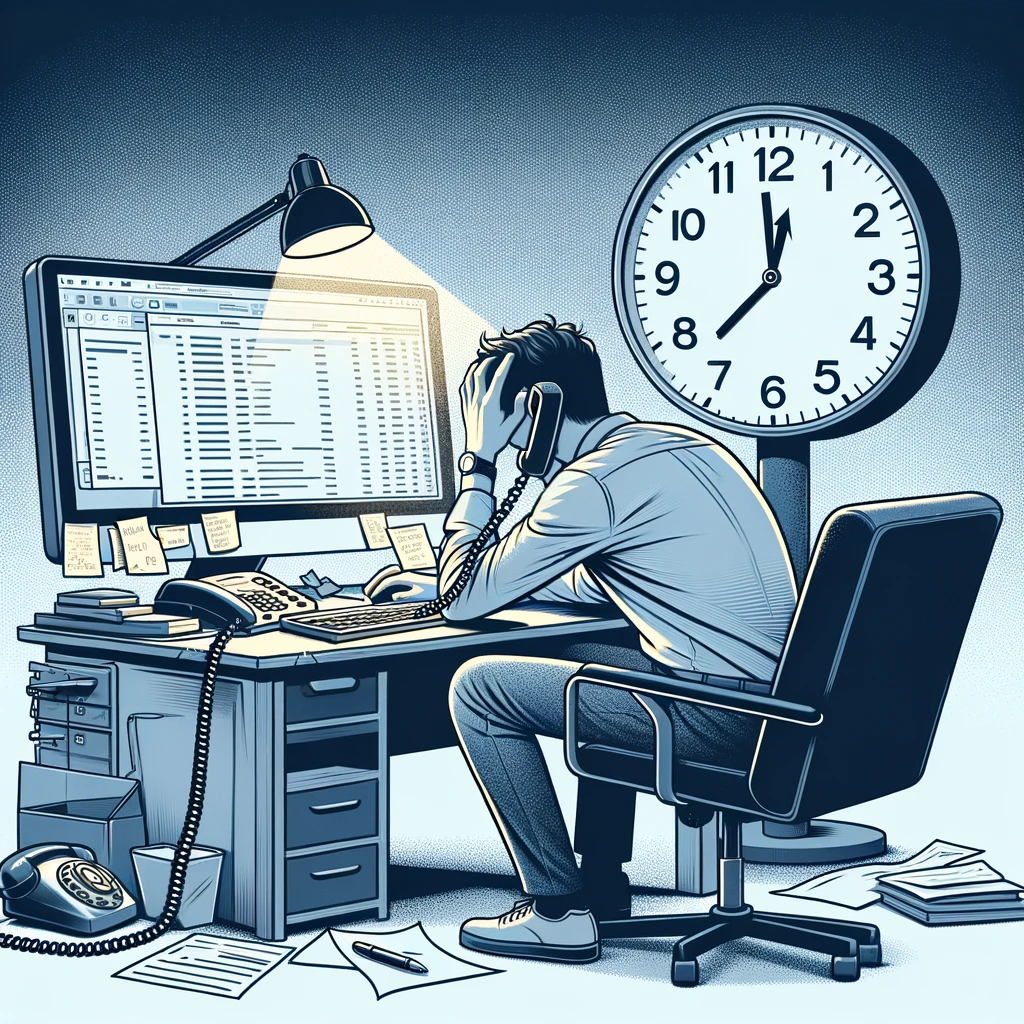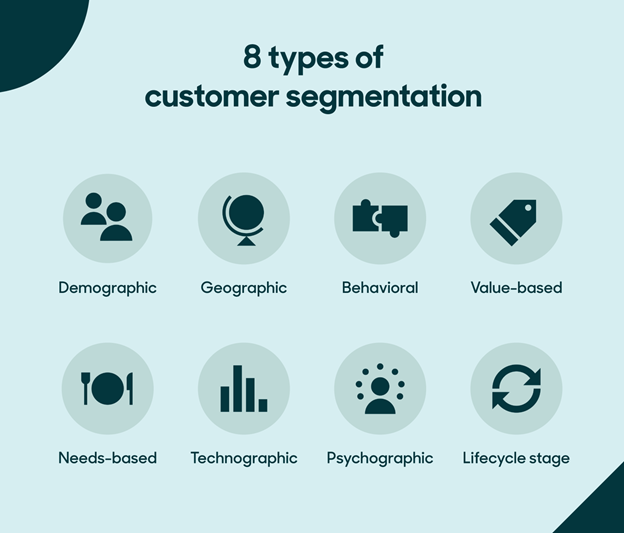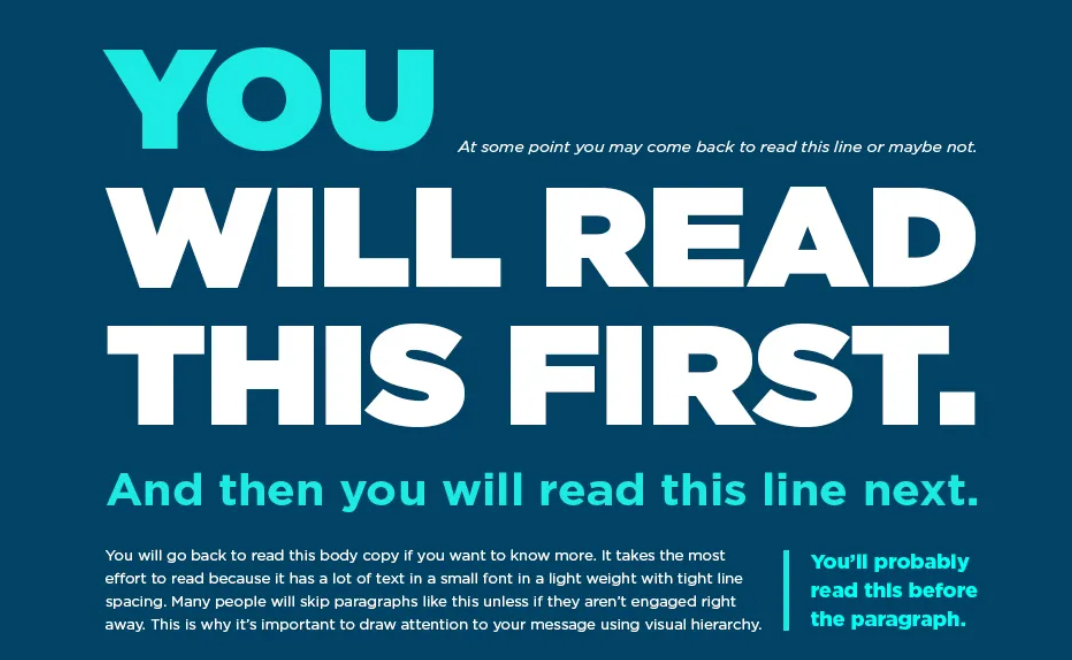Being on hold while waiting to speak to a customer contact center is a universal experience, and it’s one that almost everyone will agree can be frustrating and unpleasant.
With our busy lives, ever-shortening attention spans, and the expectation of immediate solutions, call abandonment increased by 200% between 2019 and 2022. And, guess what? There is a direct correlation between call abandonment and wait times. Because of this, long wait times are a real problem for businesses aiming to maintain a high-quality customer experience.
Long wait times can tarnish a customer’s experience with a company and, ultimately, lead to lower returning customer rates while also putting off potential customers. All of this costs money, which is why it’s so important to avoid.
In this guide, we’ll take you through exactly how long wait times can impact your customer’s experience, how your customer’s experience will affect your business, and what you can do to improve the situation.
How long wait times affect customer experience
Why exactly do long wait times seem to negatively impact customer experience? It’s fair to say that we can all understand why from an instinctive perspective as consumers ourselves, but what does the data say about long wait times at this key customer touchpoint?
How long will customers wait?
Within the industry, call center experts generally follow the 80/20 rule. That is, to answer 80% of customer service phone calls within 20 seconds.
Twenty seconds is a very short wait time, and customers are likely to have some leeway. Achieving lightning-fast response times is also likely to get expensive, and there are diminishing returns when trying to shave a second or two off an already strong response time.
That said, if your response time is more than a few minutes, you should definitely take steps to improve it. It is reported that the majority of customers find a hold time of more than five minutes unreasonable.
Free to use image sourced from Unsplash
The negative impacts of long wait times
The biggest negative impact of call long wait times for customers is that it leads to a higher call abandonment rate. What is call abandonment rate? It is simply the proportion of your customers who hang up before reaching a customer service operative.
Abandoned calls cost your company money. A customer who abandons their call is very unlikely to continue doing business with you. Each abandoned call can cost a company anywhere from a few dollars to an eye-watering $120.
So, from a purely financial standpoint, it is starkly clear that reducing customer wait times is imperative for customer service teams.
However, there are many other negative consequences of long wait times.
One big problem associated with long wait times is a bad company reputation both off and online. Customers who spend long periods of time on hold are much more likely to complain either to friends in person or – more damagingly – on social media.
Racking up hundreds of complaints about your customer service offering on X, Instagram, or Facebook is not a good look, and has the potential to put off customers from shopping with you.
Even if long wait times don’t cause customers to stop shopping with you, it can still sour your relationship and make customers much less likely to upgrade the packages they have with you.
Another negative of long wait times is it can lead to customers being disgruntled when they do reach an operative. This can then make it harder to satisfactorily resolve the customer’s issue.
Free to use image sourced from Pexels
How you can improve your customer’s waiting experience
If you feel that your customers are waiting too long when trying to contact your support team and that it’s harming your business, fret not. There is a wide range of practices you can implement to alleviate this issue.
These tips are mainly aimed at companies that currently have established customer support teams, but if you’re a growing company that does not currently have an integrated customer contact system, there are still plenty of things you can do.
Provide good self-service options
The most effective way to reduce waiting times for customers wishing to contact customer support is to reduce the call volume your customer support operatives have to deal with. Providing comprehensive and usable self-service options for customers is an excellent way of achieving this.
By offering resources such as FAQs, troubleshooting pages, and Wikis, customers can solve problems for themselves immediately, without having to contact your customer support staff and increasing your queue length.
This, then, makes the waiting experience much more pleasant for your customers whose problems cannot be solved by your self-service options, or who prefer receiving help from a person.
Encourage other communication methods (omnichannel)
An omnichannel approach to customer support can revolutionize your customer’s waiting experience. Omnichannel customer support offers consumers several communication options which allows them to pick the method that best suits them.
These options could be call centers, text chat with human operatives, chatbots, social media, or WhatsApp to name just a few.
As with self-service options, providing an omnichannel customer experience reduces the load on individual methods of communication, cutting wait times across the board.
Some methods of communication such as WhatsApp are also much easier for consumers to fit around their lives, making for a more pleasant experience.
Free to use image sourced from Pexels
Improve the waiting experience
Though you can strive to cut waiting times, some of your customers will inevitably end up waiting when trying to contact you. This doesn’t have to be a big problem. By making just a few small tweaks to your customer waiting experience you can significantly improve it.
One key to this is to let your customers know where they are in your queue system and how long they can expect to wait until they speak to someone. The unknown of waiting on hold with no frame of reference is a big part of what can make customer service experiences so unpleasant for so many.
Another technique that can be implemented is a call-back option, with data showing that customers are prepared to wait twice as long if they are offered this option. This alleviates the need for customers to wait on the phone letting them get on with other tasks in their day-to-day lives whilst waiting for the call-back.
Make sure your operatives give a timeframe for when the customer can expect their call. If a customer misses their call due to being at the gym or in a meeting, that can lead to even greater frustration.
Implement a quality assurance program
Quality assurance programs exist to keep the quality of service at a pre-specified level. In this case that would be the quality of your customer’s experience when contacting you.
By setting goals such as minimum call abandonment rates, call volume, first response time, and full resolution time, you provide your team with some firm targets which, if not met, give a clear indication that your customer wait experience is not at the level it should be.
Free to use image sourced from Pexels
Monitoring and upholding the quality of your customer support provision is a simple four-step process:
- First, establish a quality assurance scorecard. This scorecard will identify the metrics that you are assessing your support on, and assign a numerical scoring system to each.
- Next, decide on the number of tickets per month per agent you want to evaluate. This number can vary wildly depending on the nature of your customer support, and the resources available to you.
- A team leader or quality assurance analyst then randomly selects tickets and assesses them, giving them a numerical score. It is best practice for each ticket to be assessed by multiple individuals.
- Based on these results, agents can be trained in areas where they are falling short of your customer service quality expectations.
Your roadmap to improving wait times, and customer experience
Cutting wait times is important to improving your customer experience and by extension retaining customers, maintaining a high level of customer satisfaction and converting new customers.
Perhaps counterintuitively, the best thing you can do to improve wait times is to reduce your call volume by creating resources that customers can use to troubleshoot issues themselves. Additionally, providing alternative communication methods such as social media and chatbots is a good strategy for cutting call volume.
Free to use image sourced from Pexels
When offering these resources, remember you must make sure the user experience is optimized to avoid customer frustration.
Of course, some customers will still need to or want to speak to a customer service representative to solve their problem, and there are several steps you can take to improve this experience for them. Communicating wait times, queue position and offering call backs are all effective ways of achieving this.
If you know that you are not providing what you would deem to be an acceptable quality of customer support, a quality assurance program enables you to identify the areas where you are falling short and improve.
- How Long Wait Times Affect Customer Experience and What You Can Do About It - March 12, 2024
- How to Integrate Customer Empathy in UX Design - November 28, 2023
![]() Give feedback about this article
Give feedback about this article
Were sorry to hear about that, give us a chance to improve.










